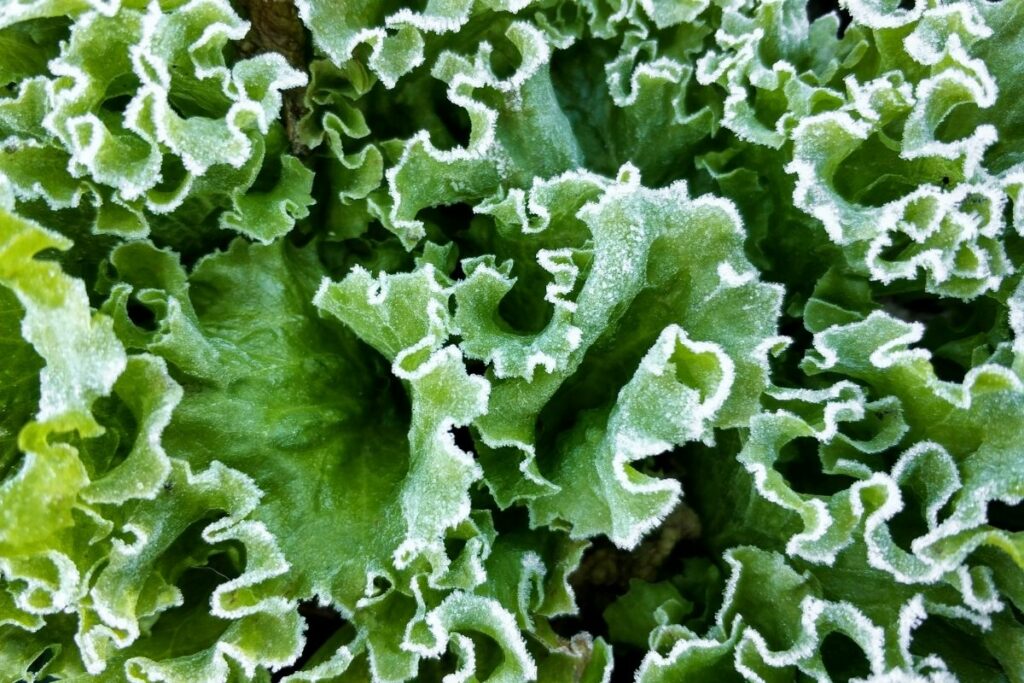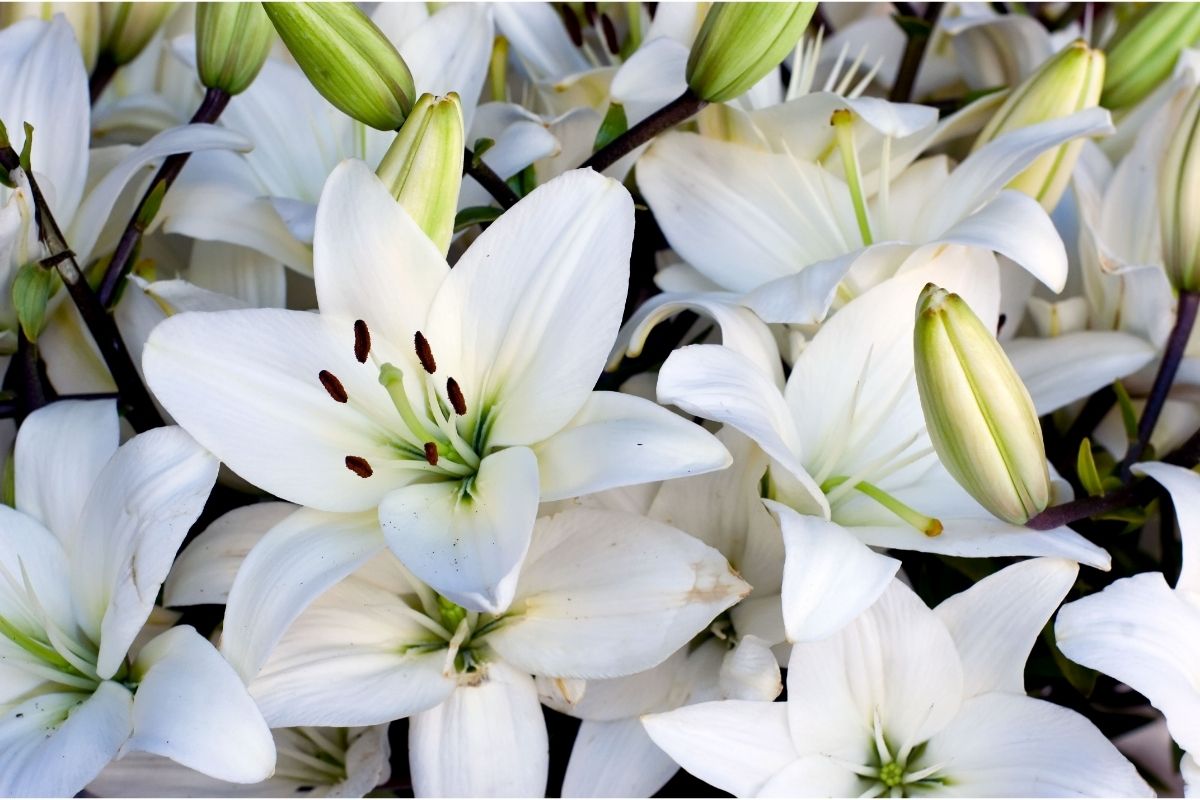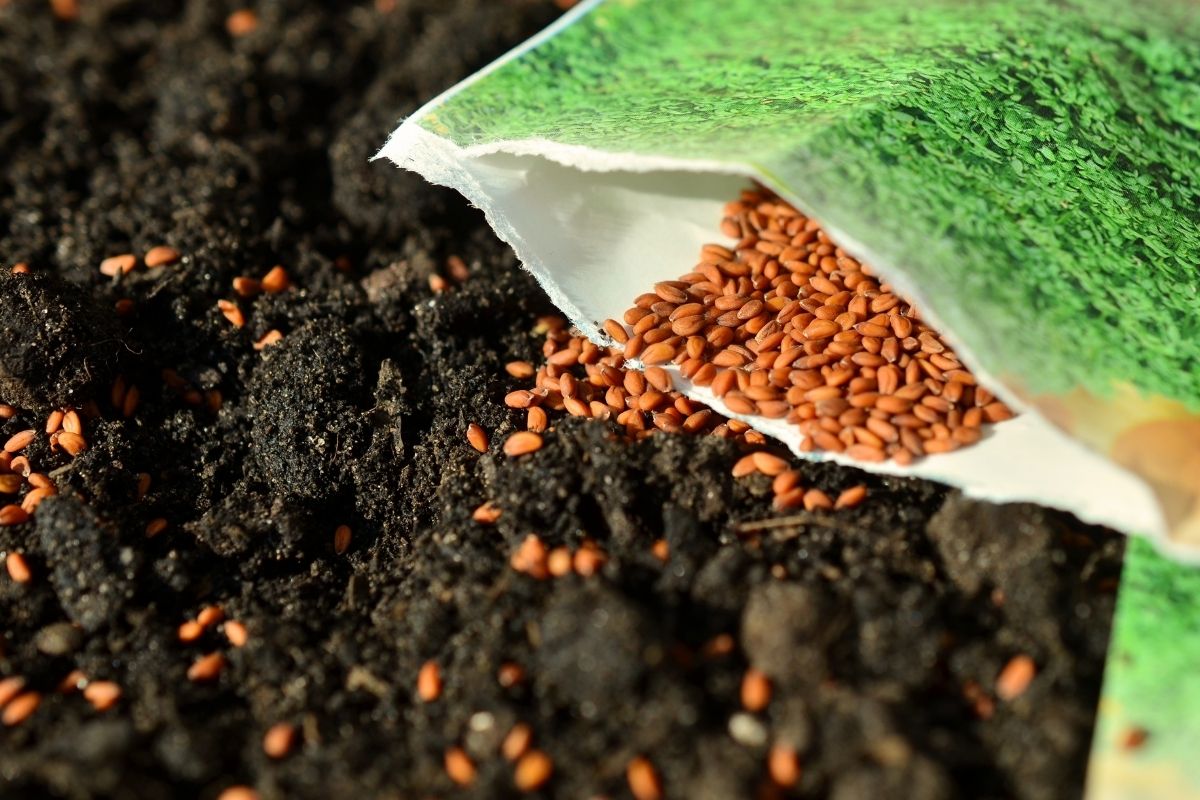The process of growing lettuce is similar to getting along with other people. Make sure you do not expect too much, but do not expect too little either.

In hot weather, for instance, some gardeners expect this cool-season vegetable to keep producing.
However, many gardeners are unaware that most varieties of Lactuca sativa will continue to grow, even when freezing temperatures set in, as long as you give them some support.
Frost will be a problem for most types. In any case, this species will produce baby leaves and perhaps even full-size heads until the end of fall or even into the winter, the perfect time of year for fresh greens.
The cool months are the perfect time to push your lettuce to do more, but only after giving it the tools to resist frost or survive light freezes.
It’s much easier to get a crop to survive through a frost than to get a person to start picking up their socks or rising on time!
Here are a few pointers to make the experience easy.
Is Lettuce Cold Tolerant?
When temperatures plummet to -10°F, lettuce does not grow as merrily as Russian kale. Also, it is not as hardy as most other cole crop leafy greens, including spinach, some mustards, and baby leaf brassicas.
However, it is an essential cool-season crop, and some varieties grow quite well even if the temperature drops below freezing.
A plant breeder and researcher at Oregon State University, Jim Myers, calls lettuce a semi-hardy vegetable; it can survive light frosts when temperatures are between 28 and 32°F.
In general, most types grow best at temperatures between 55 and 65°F, but if you “harden” the plants as they are introduced to progressively lower temperatures, many leaf types and some butterheads and crispheads can tolerate temperatures as low as 20°F.
As an example, there are several varieties that have been selected or bred to survive temperatures as low as -30°F, and I will highlight a couple of those varieties in a moment.
However, let’s first take a look at an average lettuce. Typically, most types can sail through light frost, which occurs at or a little below 32°F with a low dew point and ice crystal formation begins.
They need special care during hard frosts, when the air temperature is below 28°F, or during hard freezes, when the temperature is below 25°F for four or more consecutive hours.
Keep reading for frost protection advice if you grow your typical garden lettuce.
How Cold Affects Lettuce Plants
In what sense is lettuce described as “frost hardy?”
Various types of freezing weather are considered in the label. When the air is moist enough and the temperature cools to a point where dew forms on leaves and stems, there is frost.
Frost forms at ground level if the temperature is below 32°F.
When the temperature is just barely freezing, light frost may cause the water within the cell walls to freeze, but it is unlikely.
Hard frosts are characterized by temperatures below 28°F at ground level, which can cause ice to form on plant tissue.
If you harden off the seedlings and keep the soil warm, lettuce can usually tolerate at least a couple of hard frosts.
Temperatures below 28°F constitute a hard freeze, while temperatures between 28°F and 32°F are considered a light freeze. Freezing in this range might also result in frost, but it’s not a guarantee.
Lettuce may survive light freezing and even one or two hard freezes, but as soon as the temperature drops below 25°F, the plants are in danger.
Regardless of the amount of moisture in the air, ice forms in plant tissue at that temperature. As the water expands, the cell walls burst.
If those harsh conditions last more than four hours, most types of lettuce will die.
You will know if your lettuce has succumbed to frost damage when you see blisters and dead splotches on the outer leaves. When a lettuce experiences this kind of freeze damage, there is no coming back.
However, you may be able to prevent this, at least until temperatures are consistently below 20 degrees fahrenheit.
Here are some frost-proofing strategies for you to gloss over.
Protective Measures
As soon as a hard frost or temperatures below 25°F are predicted, forewarning and protective covers are your best bets.
The first rule: Follow a reliable meteorologist or weather center as close to your location as possible so you can prepare for frost and freezing temperatures.
Garden blankets and floating row covers are both relatively inexpensive, and you can support them with wire or metal hoops, or bent PVC hoops.
If a frost is impending in the fall, you can also use common household items to cover your plants.
For example, tent sections of newspapers, light bedsheets, or clean drop cloths over bamboo stakes or tomato cages.
Lay the covers over the rosettes, leaves, and heads, without touching the greens. Leaves will probably be damaged if they come in contact, but they will probably survive the cold.
Make sure the cover material reaches the ground in order to retain heat. Anchor it with bricks, rocks, or items of similar weight. Gallon milk jugs filled with water have worked well for keeping the covers from blowing away.
You can also use sanitized buckets, clay flower pots, or cardboard boxes turned upside down as plant protectors.
To capture the heat stored in the garden soil beneath the cover, cover the garden after the midday sun has faded but before dusk.
You are at risk of trapping so much heat that your plants wilt if you cover your plants too early. In contrast, if you wait until after dark, that heat has already been expelled back into the atmosphere.
There’s also a follow-up step. After the frost thaws the next day, remove the covers immediately so that heat buildup does not scald or wilt the lettuce
- Best Hanging Plant For Low Light - September 4, 2023
- Best Indoor Plants Florida - August 28, 2023
- Best Plants For Bathroom Smells - August 21, 2023








